Beautiful bush reaching 2 to 3 metres in height, valued for its winter flowering, evergreen leaf and great adaptability to most soils and locations, the Laurustinus or Viburnum tinus can be propagated by cuttings; this produces perfect clones, useful for creating hedges or filling borders at little cost. Discover in this tutorial the technique for easily taking cuttings from Laurustinus.
When to take cuttings from Laurustinus?
Cuttings of Viburnum tinus are taken in late summer (August-September) from non-flowering, semi-ripe shoots (not fully hardened into wood) or in autumn-winter from ripe shoots.
How to proceed?
- Using secateurs, take semi-ripe shoots about fifteen centimetres long
- Remove the leaves along the shoot, keeping only one or two pairs of leaves at the tip
- You can dip the base of the shoots in a powder or solution of rooting hormone, which will encourage root development and increase the chances of your cuttings taking
- Fill your pot with compost or a soil-sand mix and lightly firm
- Plant the cuttings in the substrate, spacing them about ten centimetres apart and firm the substrate around each cutting to keep it upright
- Water with a sprayer and place the cuttings in light, avoiding direct sunlight. Summer heat can dry out your cuttings if you proceed in August-September: we therefore recommend taking cuttings under cover, i.e. by placing a small plastic bag held up by stakes, a cloche or a plastic bottle with the bottom cut off over your cuttings
- Water regularly, but without excess, to prevent the compost from drying out. Every 3 to 4 days, lift the plastic or cloche for half an hour to renew the air
After 2 to 3 months, the roots of your cuttings will have developed sufficiently. You can remove the cloche and repot your young plants individually into larger pots, taking care not to damage the roots. Protect your young shoots during winter by storing them in a bright, unheated room or in a cold greenhouse. Reduce watering significantly, especially during frosts.
The following spring, you can plant your small bushes directly in the ground. They will thrive in light, well-drained soil, in full sun or partial shade. Undemanding, you can simply add a handful of well-rotted compost at the base of your Laurustinus when planting.
Water during heatwaves and severe drought for the first two years after planting; once well established, your Laurustinus will withstand summer drought without any problems.
Equipment needed for taking cuttings from Laurustinus
- a pair of secateurs with an acute edge
- biodegradable buckets or terracotta or plastic pots deep enough
- a rooting hormone (facultative)
- cutting compost or good garden soil mixed half and half with coarse sand to create a well-draining substrate
- a small hand trowel
- a plastic bag and stakes, a cloche, a plastic bottle or a mini greenhouse to cover the cuttings
- A sprayer

































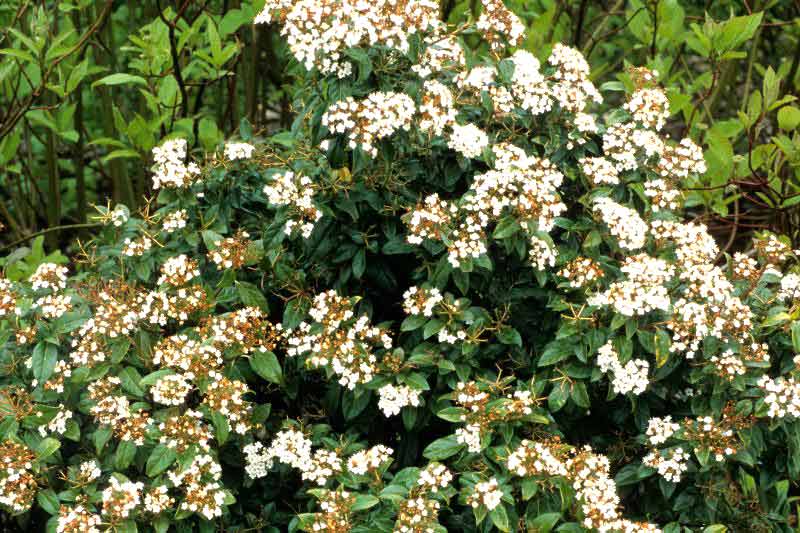
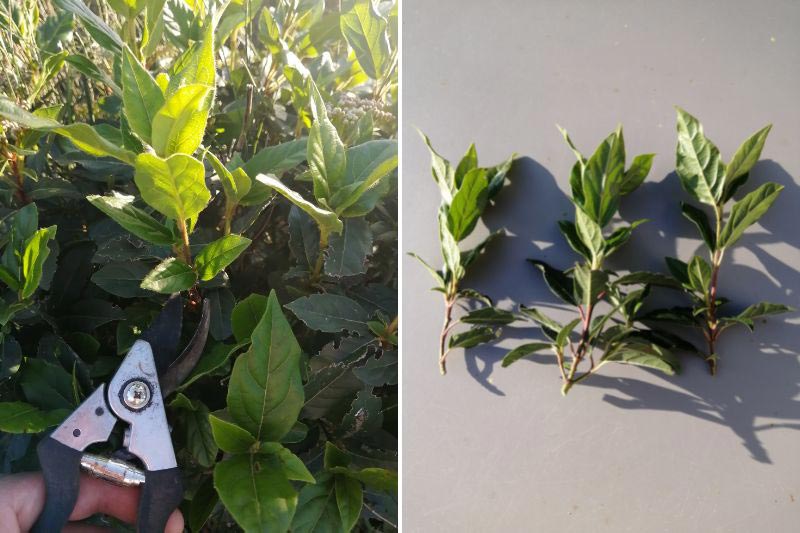
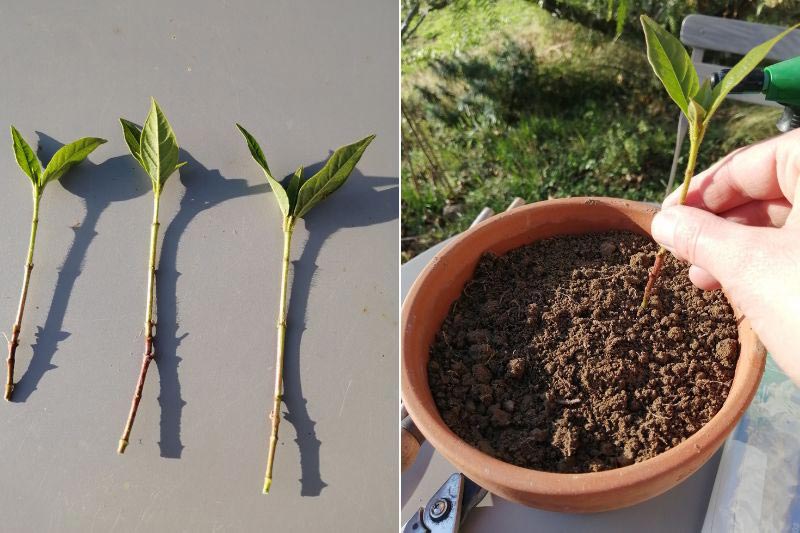
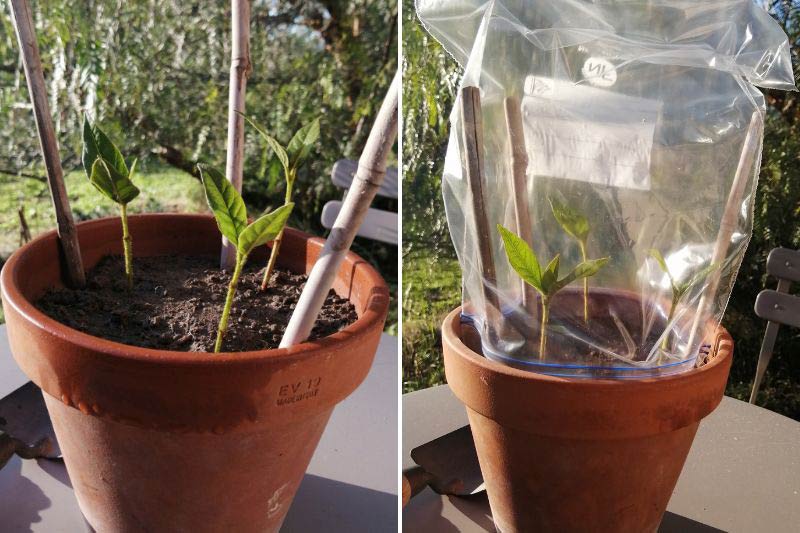

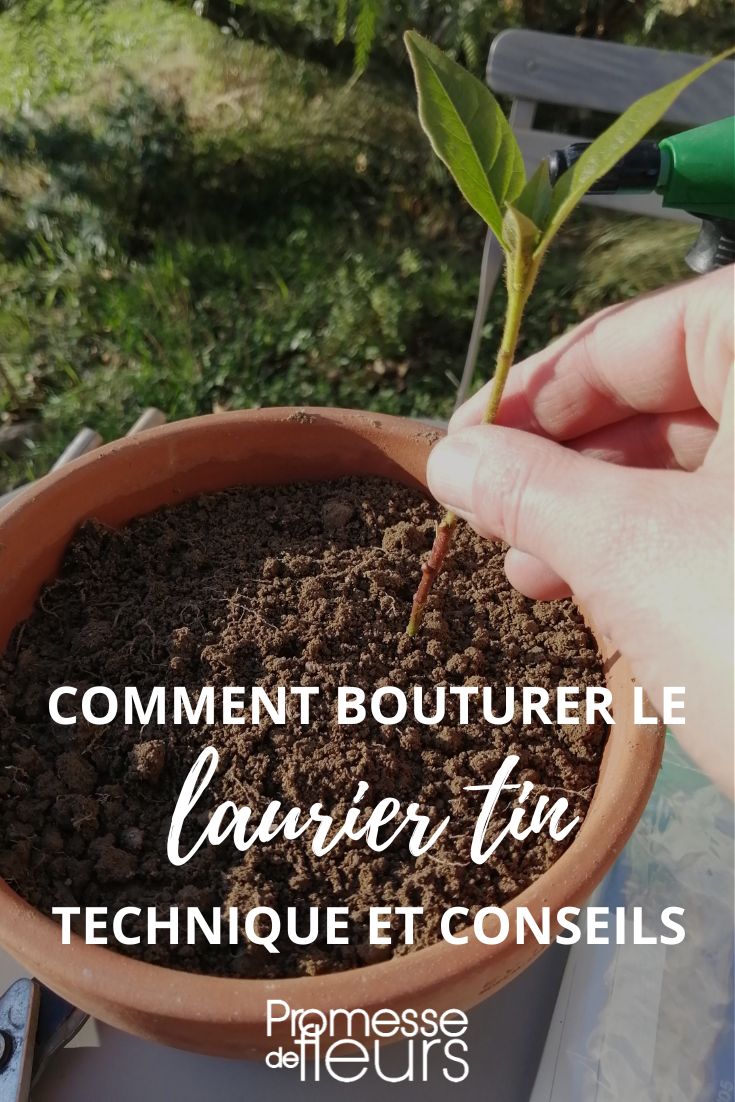
Comments